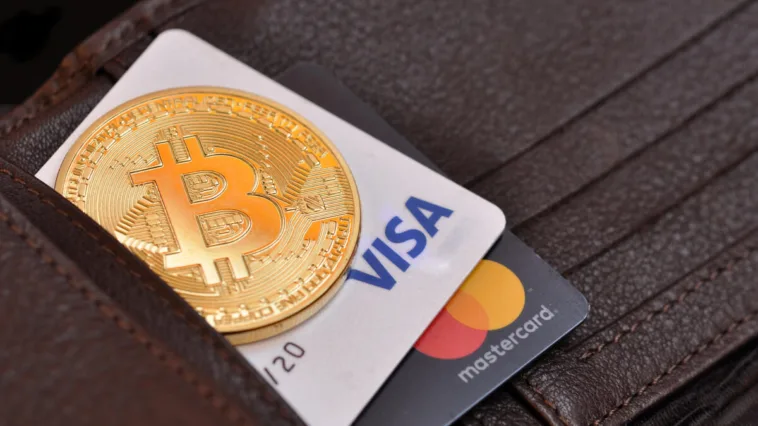Payment technology has transformed dramatically, moving far beyond simple credit card transactions.
Customers now expect multiple payment choices, from digital wallets to installment plans. These expectations shape their purchasing decisions and influence which online stores they trust with their transactions.
Flexible payment options reduce cart abandonment rates. When customers find their preferred payment method, they complete purchases more readily. Fast, seamless checkout experiences encourage repeat visits and build customer loyalty, making payment innovation a crucial factor for WooCommerce store success.
Understanding The Basics: Gateway vs. Processor vs. Merchant Account
1. Exploring Advanced Payment Gateways For WooCommerce
Online payments involve three main components working together. Payment gateways handle the customer-facing transaction interface, processors manage the movement of funds, and merchant accounts store your received payments. Understanding these distinctions helps you choose the right payment setup for your store.
Each payment provider offers different features and fee structures. PayPal provides instant recognition and trust, while Stripe excels at developer-friendly customization. Authorize.Net offers robust fraud protection, and newer providers bring innovative features like one-click checkout or enhanced mobile support.

2. Ensuring Top-Notch Security For Every Transaction
Security forms the foundation of payment processing trust. SSL certificates encrypt sensitive data transmission, protecting customer information during checkout. PCI compliance requirements establish essential security standards for storing and handling payment data.
Your payment security strategy should include regular security audits, fraud monitoring, and clear communication about safety measures. Maintaining current security certificates and compliance standards protects both your store and your customers’ confidence in their transactions.
Advanced Payment Strategies For Your WooCommerce Store
1. Leveraging Plugins For Innovative Payment Experiences
Modern customers demand payment flexibility. Specialized plugins expand your payment capabilities beyond traditional methods. Buy-now-pay-later options attract customers who prefer spreading costs over time.
Cryptocurrency payments appeal to tech-savvy shoppers, while multi-currency support helps you reach international markets.
2. Integrating Shipping And Payment Flows
How a store handles shipping and its costs directly influence payment decisions. Smart integration between shipping and payment systems creates transparency in the checkout process.
Customers need clear information about shipping fees, delivery times, and tax calculations before completing their payments. Automatic shipping rate calculations and tax updates keep the payment process smooth and prevent last-minute surprises.

3. Collaborating Effectively On Payment-Related Content
Payment systems require input from multiple team members. Developers implement technical solutions, while finance teams set pricing strategies and payment terms. Marketing teams need to communicate these options effectively to customers.
Cross-team communication ensures everyone understands payment policies and can explain them clearly to customers.
Staying Ahead Of The Payment Curve
Payment technology continues evolving with new innovations like biometric authentication and subscription billing models. Successful WooCommerce stores adapt to these changes while maintaining security and user experience.
Start by implementing the fundamentals of secure, flexible payments, then gradually introduce new payment options based on your customers’ preferences.
Regular testing and monitoring help identify which payment methods perform best for your store. Keep exploring emerging payment trends and gathering customer feedback to refine your payment strategy. Remember that the right combination of payment options can significantly impact your store’s growth and customer satisfaction.

1 Comment
Creative innovation!
Comments are closed.